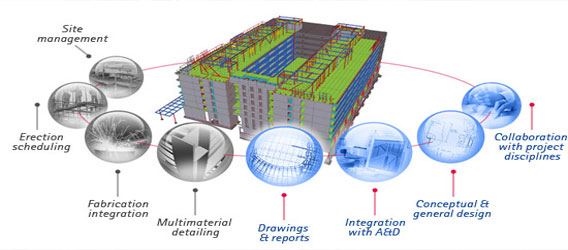For work requiring more than one cubic yard of material, concrete is usually ordered from a ready mix supplier for delivery to the job site. The supplier will need to know the minimum compressive strength, the maximum aggregate size, and any special requirements such as air entrainment for added freeze-thaw durability. The supplier will then select a mix design that is appropriate for your needs. If you are mix-ing small batches of concrete on site, you will need to understand the basic principles of concrete mix design yourself. The proportion of dry ingredients and the ratio of water to cement are the two most important factors.
Cement and aggregates provide strength, durability, and volume stability in concrete, but too much or too little of one in relation to the other reduces quality.
- Lean or oversanded mixes with low cement content and high aggregate proportions are harsh and have poor workability.
- Fat or undersanded mixes with high cement content and low aggregate proportions are sticky and expensive.
Within the range of normal concrete strengths, compressive strength is inversely related to water content. That is, the more water you use, the lower the concrete strength. But increasing water content increases fluidity and workability. Since water is required for workability, and since workability is required for high quality concrete, the low water requirements for strength and high water requirements for workability must be balanced. The ratio of water to cement is the weight of water divided by the weight of cement. Water cement ratio affects the consistency of a concrete mix. The consistency, in turn, affects how easily the concrete can be poured, moved around in the forms, compacted, and finished. Up to a point, a mix with more water is easier to work with than one that has less water and is therefore stiffer. Too much water, though, will cause the ingredients to separate during the pouring, placing, and handling and will destroy the integrity of the concrete. Too much water also lowers strength, increases the porosity and water permeability of the cured concrete, and makes it more prone to shrinkage cracking. The trick is to use enough water to make the fresh concrete workable, but not so much that it creates weak or porous structures.








